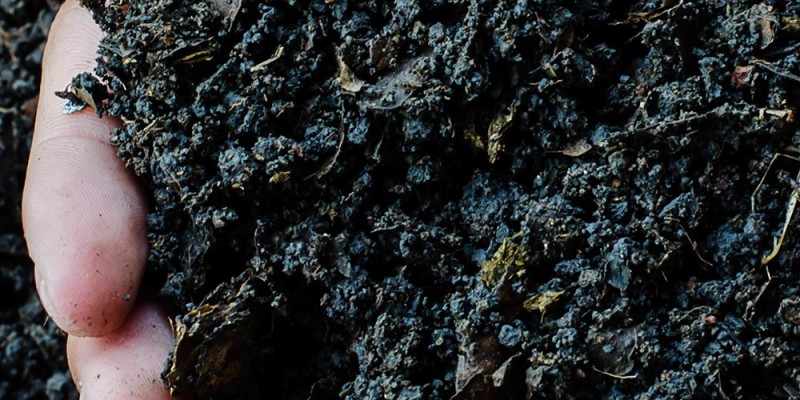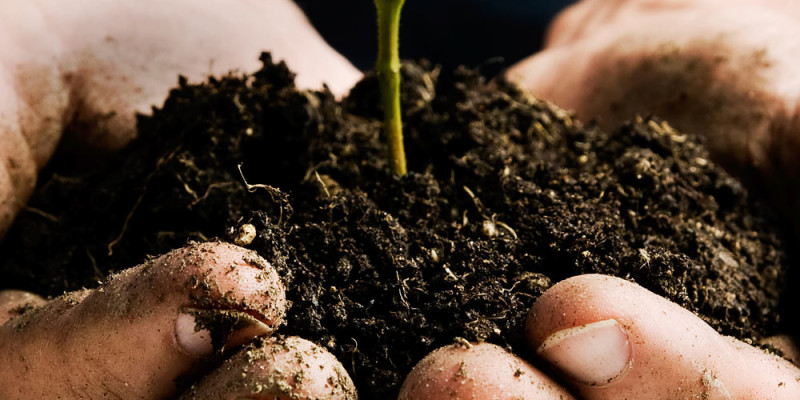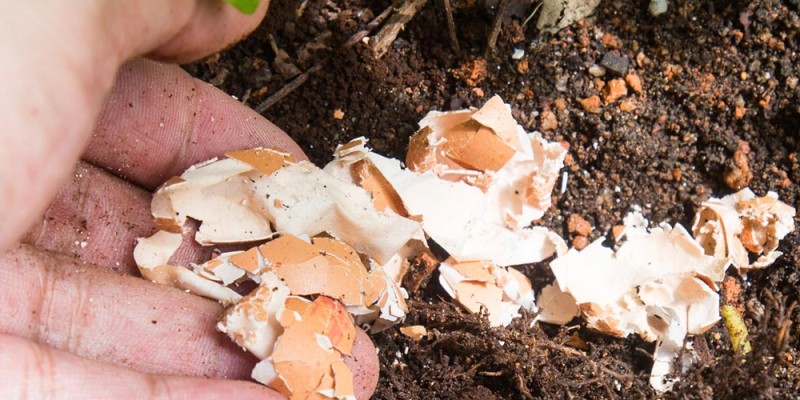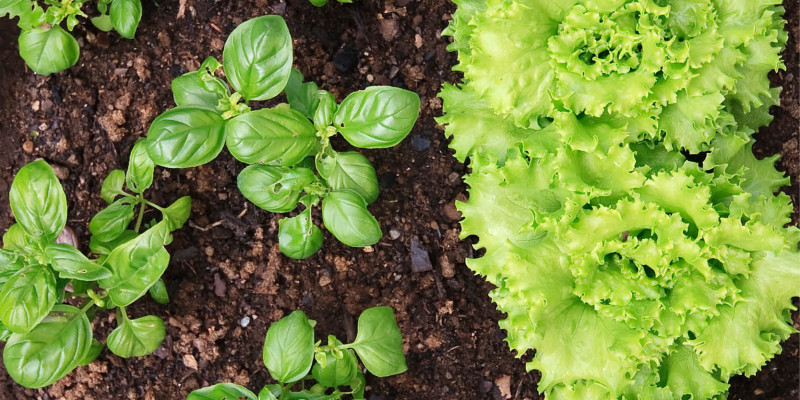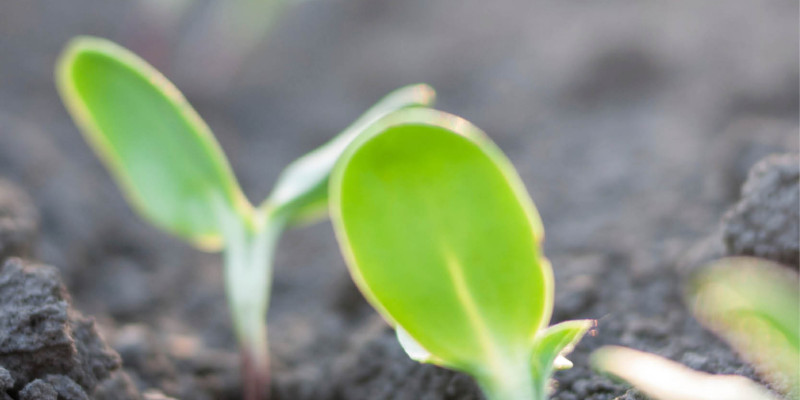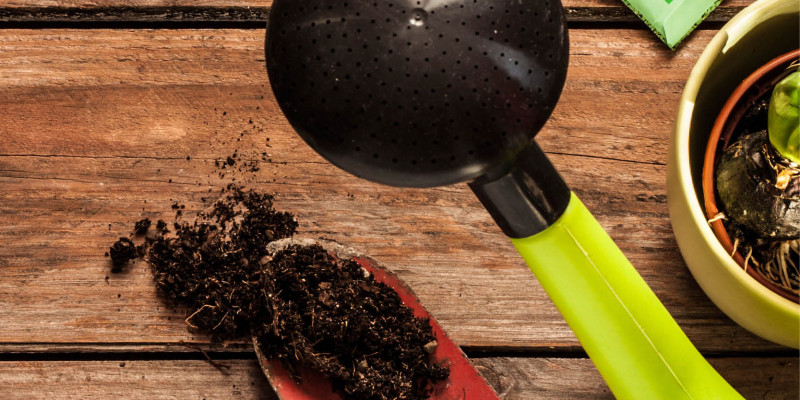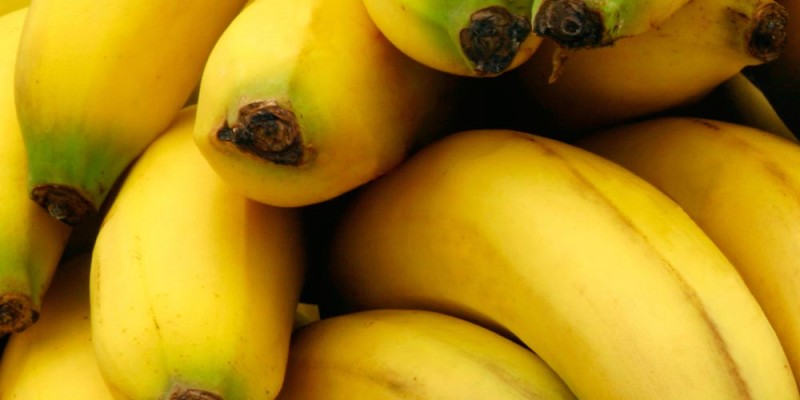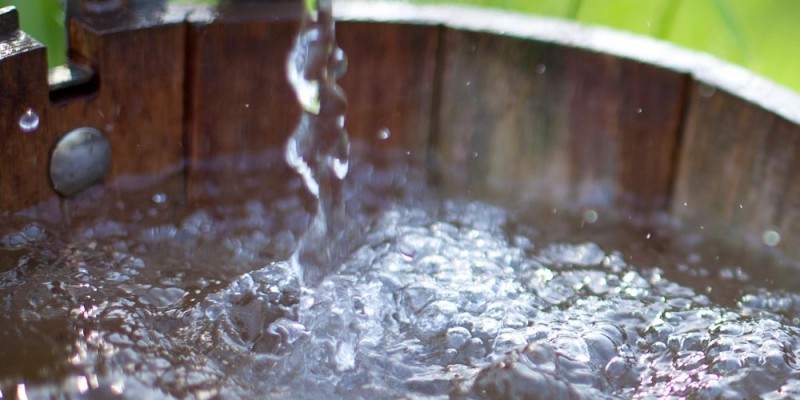Comfrey is a common perennial herb native to Europe that grows in damp areas such as river banks. Commonly comfrey is cultivated for two uses. Comfrey is often used in organic gardening as a fertilizer and mineral accumulator.
I was first introduced to comfrey when a viewer gave me a plant. Comfrey is simple to propagate by placing the tuber in the soil and cover, shortly after a leafy plant will emerge. Be careful when planting comfrey or disposing of any extra tubers as they will often re-root and can take over unintended areas and can be hard to get rid of. It is also a good idea to cut and completely remove any of the flowers and their stalks in order to prevent spreading. There is a sterile variety called Bocking 14 Russian Comfrey that you don’t have to worry about the flowers.
I planted mine soon after receiving it. I chose to place it in the area I use for making leaf mold. This location is convenient as the pile breaks down it releases nutrients like nitrogen into the surrounding area feeding the plant. The location is out of the way and will not shade any of my food crops.
In order to understand better what kind of benefits comfrey has as an organic fertilizer and mineral accumulator I decided to send samples into Maxxam Analytics.
I started by drying some of the last comfrey leaves in the fall. I then had the sample tested for immediately available NPK and trace elements.
The total immediately available NPK of comfrey is:
0.35 – 0.73 – 7.35
These results represent the NPK that is immediately available to plants in the garden soil. This analysis does not account for the nutrients that are tied up in larger more complex molecules. As the comfrey is broken down these nutrients are released into the soils nutrient cycle.
The University of Minnesota* [2] assessed the total elemental nitrogen in comfrey samples. Their results ranged from 3.36 % to 3.70%. Our lab results found total phosphorus and potassium of 5300 and 70,000 mg/kg and when converted to % molecular
weight the total NPK of comfrey is:
3.7* – 1.21 – 8.43
Comfrey turns out to have a great NPK both immediately available and long term. The second test we had run was the total trace elements. These results will let us know if using comfrey is a good way to add trace elements to our gardens soils.
Plants require a variety of elements in the soil in order to complete their life cycle and produce crops. These elements are broken into two categories essential and beneficial. It is rare for garden soils to lack any of these beneficial and essential elements however lower levels can impede the nutrient cycle.
Comfrey contains Boron, significant volumes of Calcium*, Iron, Magnesium, Sodium, and Sulphur. Additional elements were reported however due to the low levels and the detection limit error rate the reported numbers are not as reliable however they are still present. These include Manganese, Molynbdenum, Nickel and Zinc. Other literature sources also found Cobalt and Copper.
Once the nitrogen phosphorus and potassium have been added to the total these results represent 15 of the 18 essential and beneficial elements that plants take up from the soil. Missing from the analysis is Silicon, selenium, chlorine.
Silicon and chlorine were not tested for as they are abundant and well distributed on the earths crust. [7] [10] Selenium although below the detection limit is an integral part of a number of amino acids and is likely present in the soil. [9]
Silicon is derived from sands and is the most common mineral on the Earth’s crust [8]. Organic sources of silicon are things like brewery waste, bananas and beans. [7]
Selenium is a rare earth mineral however it is found commonly as a part of most living things in a number of amino acids. It is likely although below the detection limit of this test still in the plant or soils. [9]
Chlorine generally found as a part of the common mineral compounds sodium chloride and potassium chloride. Its extremely common on earths crust at roughly 126 ppm. [10]
I consider this a full complement of essential and beneficial elements.
I have been using comfrey leaves in my garden a number of ways. First and foremost as a part of the mulch layer. Simply lay the cut leaves down on the surface with other free and local resources like fall leaves, wood chips and used coffee grounds.
If you would like to break down a little faster you can add them to an hot compost. Comfrey is considered a green material as it has a high nitrogen content. When combine with carbon rich materials like fall leaves they will break down through what’s known as thermal composting.
Other application techniques involve blending the leaves in with some water, using them as a component material in actively aerated compost tea or creating a fermented extraction. All three of these processes are then applied in lieu of an watering event.
In the last few weeks we have taken a look at free and local resources like fall leaves, used coffee grounds and now comfrey. The lab results and peer reviewed literature have shown these free and local resources are a great way to build and feed your soil and plants.
Full Lab Report:
http://www.albertaurbangarden.ca/wp-content/uploads/2015/02/150214_AlbertaUrbanGardenCertificateofAnalysis-RevisedReport.pdf
References:
[1] Fermented NPK Study:http://ijmer.com/papers/vol%201%20issue%201/ZC011196202.pdf [2] Comfrey paper 1:
http://conservancy.umn.edu/handle/11299/141442 [3] Comfrey paper 2
http://www.sciencedirect.com/science/article/pii/S0377840102002936 [4] NPK Conversion Calculations:
http://en.wikipedia.org/wiki/Labeling_of_fertilizer [5] Comfrey’s role in male solitary bee harassment of females
http://www.sciencedirect.com/science/article/pii/S0003347285702552# [6] Essential and beneficial elements for plant growth
http://soils.wisc.edu/facstaff/barak/soilscience326/listofel.htm [7] Organic Silica Sources
http://en.wikipedia.org/wiki/Organic_silica [8] Relative abundance of elements in the earth’s crust.
http://en.wikipedia.org/wiki/Abundance_of_elements_in_Earth%27s_crust [9] Selenium Sources
http://en.wikipedia.org/wiki/Selenium [10] Chlorine Sources
http://en.wikipedia.org/wiki/Chlorine
Available NPK conversion from elemental mg/kg to %:
Nitrogen: elemental Nitrate, Nitrite and Ammonia
( 3300+7.8+200)/10000 = 0.35078
Available Phosphorus conversion to % = (3200/.4364)/10000 = 0.7333
Available Potassium conversation to % = (61000/.8301)/10000 = 7.3485
Total available NPK
0.35 – 0.73 – 7.35
Total NPK conversion from elemental mg/kg to %:
Total Phosphorus conversion to % = (5300/.4364)/10000 = 1.214482
Total Potassium conversation to % = (70000/.8301)/10000 = 8.43272
Total NPK (Total Nitrogen is derived from Peer Reviewed article)
3.7* – 1.21 – 8.43

